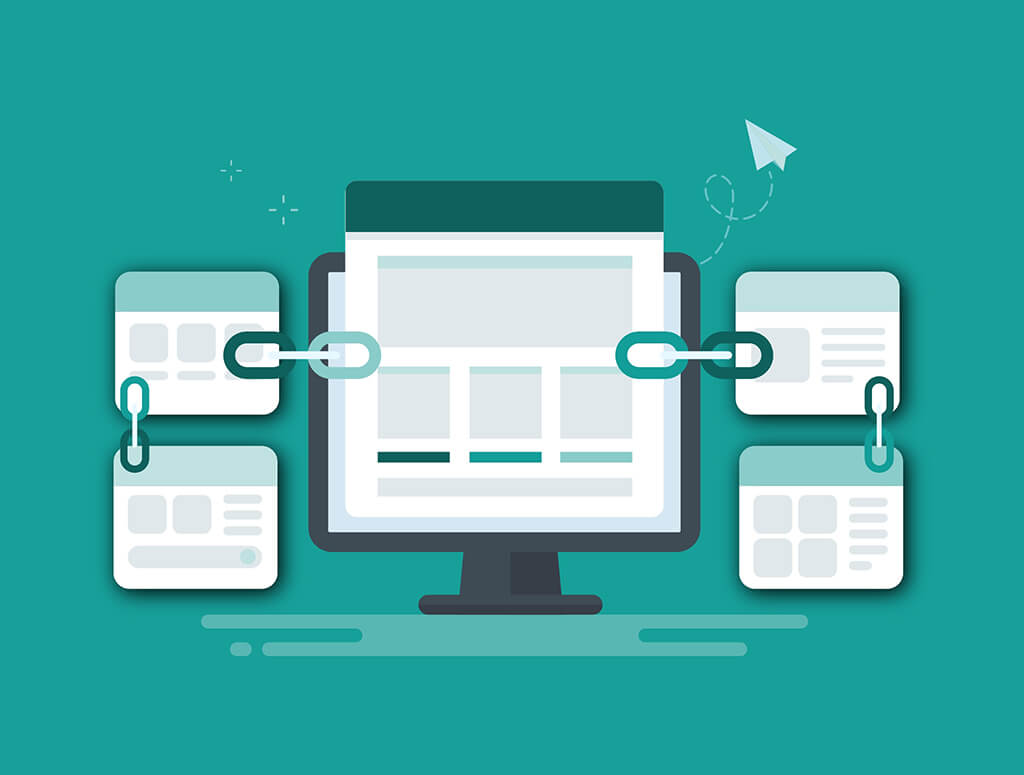The phenomenon of the iconic "noughts and crosses" icon
Who could have known in days gone by that the hashtag sign, so widely used today, would become the connecting force that it has? It was Twitter that started using those four small, straight lines which are now recognised worldwide as the way to connect publicly online.
Despite first being used by Twitter, it is now most widely used on Instagram, though all the social media platforms use the hashtag to different degrees. Because of this, we have dedicated a supplementary newsletter simply to hashtags. We felt that the icon warranted this.
Hashtag this hashtag that. Why do so many businesses use them? And just what are they?
At the core of social networking is community. Online communities exist. The people within these communities generally have something in common.
For example, they may share an interest in model bus-making (quite topical, we know!) And therefore, if your business sells materials or kits for making model buses, this will be a group of people that you will want to connect with.
Hashtags are, quite literally, links that will connect your business with the right people.
The hashtag sign (#) is used before a word or phrase with no spaces, usually at the end of a social media post, to distinguish a keyword or subject and make it both searchable and discoverable by the right people.
So, using the same example, if you know that the model bus-making community engages with the hashtag #modelbuskit and you sell model bus kits, this is definitely a hashtag you will want to be adding at the end of your social media posts.
Depending on the social media platform, hashtags can either be clicked on or searched to show all posts using that hashtag. This means if a model bus-making enthusiast clicks on the hashtag #modelbuskit on someone else’s post, they will also see your post with the same hashtag.
Using the right hashtags
Of course, the key to using hashtags is to make sure that you are using the right ones. Why? Because your Instagram content will be easier for your potential clients to find.
On the Instagram platform, hashtags are searchable. Captions are not. Hashtags help you to be seen by relevant Instagrammers who don’t follow you.
To find the right hashtags for your business, a little research is advisable. A good place to start is following and interacting with relevant Instagrammers, for example. (You will need an account to do this. Our Instagram newsletter gives you some useful tips on how to go about this.)
Consider your prospective clients and who they follow and engage with. Again, having a good look at Instagram and how users engage with posts is prudent. The more you familiarise yourself with — and use — the platform, the quicker you’ll establish which hashtags encourage the greatest engagement.
Using hashtags right
Intrigued? Here are some tips to get you started.
Longer hashtags are more effective than shorter ones; 21–24 characters work best. It’s vital to keep them relevant to the post; otherwise you will frustrate users.
On Instagram, the optimum number of hashtags to use, each separated by a space, is, in our opinion, 11; as engagement increases with each hashtag used, although tends to decline from number 12 onwards.
Regardless of how you are using Instagram, your hashtags will help. Whether you are running an Instagram campaign or encouraging engagement with a contest, utilise them.
If working with Instagram influencers (even the smallest of brands should benefit from working with micro-influencers — those with an avid following, if not the most followers), hashtags will prove invaluable.
And if you have a business blog, embedding Instagram posts, complete with hashtags, will encourage your readers to follow you.
In fact, using hashtags on other platforms to link to your Instagram posts should widen your reach considerably.
While Instagram is known to be more tolerant of numerous hashtags, Twitter posts generally only include 1–2.
Hashtags and LinkedIn work well and they can be used in more places than other platforms, such as your profile (profiles commonly accommodate 3–5) and comments made on other people’s posts (1–2 tend to be used here).
They are much rarer on Facebook; they can even reduce engagement on this platform, though 1–2 can be used to promote an event or campaign.
Creating your own brand hashtags
You may want to create your own branded hashtag. A weighty 7 out of 10 Instagram hashtags are branded hashtags.
Designed to raise brand awareness and aid the straightforward tracking of user generated content, they are worth having.
If you need any help with this, you know where we are. We’ve created many a branded hashtag in our time.
How to work out if hashtagging is working for you
As with all things social media, it’s important that you know what is and isn’t working for you.
If you continue to use an irrelevant hashtag, or even the same hashtags, again and again, it’s unlikely they’ll work for you. So, monitoring them makes good business sense.
The good news is that if you have a business profile, it’s very easy to do.
By clicking on ‘View Insights’ you can begin to build a picture of which hashtags are working best for you.
Hashtags work.
They are a fantastic tool for targeting and attracting new followers and subsequently, new clients.
They can raise awareness of your brand and can even reach people who aren’t on Instagram. Clever eh?
Using the right hashtags for your business is crucial as is using the hashtags in the right way. Again, if you want to chat any of this through, give us a call.
Happy hashtagging!







